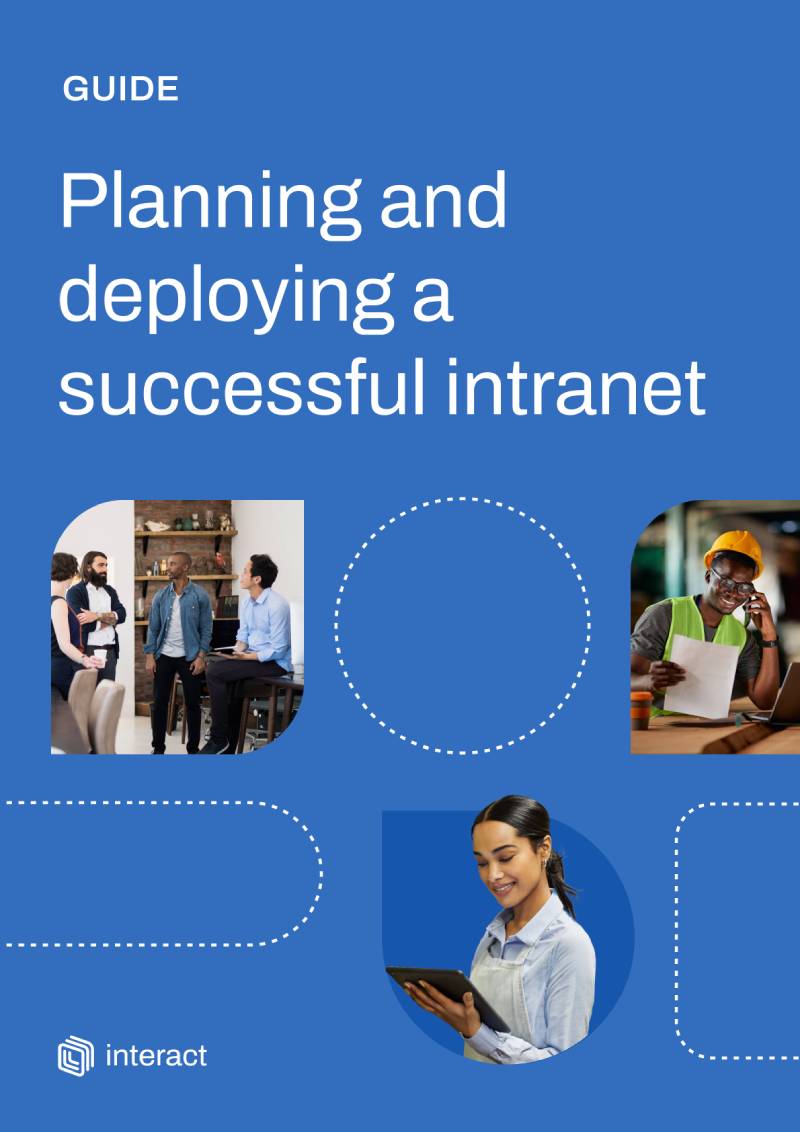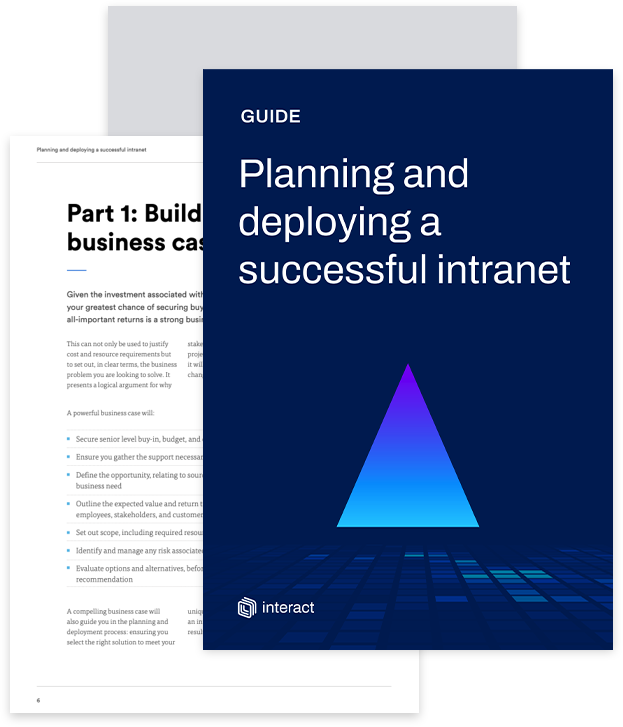Employees everywhere are in the grip of pandemic fatigue. How can businesses reinvigorate an exhausted workforce and be on track for the ‘next normal’?
How many of us were hoping the start of this year would be the fresh beginnings of a new future, free from the panic and fast-moving catastrophe of 2020? As we get back to work, it’s clear that the crisis is far from over. As the world still grapples with the pandemic – amid other global issues – there is a severe physiological, mental, and emotional crisis currently taking place throughout our workforce.
This ‘pandemic fatigue’ comes as no surprise. It’s the result of a year of restrictions, lockdowns and adapting to new ways of working and living. And as business leaders, it’s imperative that we manage this problem as effectively as possible, and support our employees going forward.
What do we mean by pandemic fatigue?

Pandemic fatigue is an issue that most businesses are fighting right now. As we approach twelve months of living in the shadow of the virus, people are tired, frustrated and fearful. It’s been a year of worry, discord, political turmoil, social unrest, and uncertainty. And, of course, when people are experiencing this kind of trauma, work is inevitably affected. Productivity, engagement, and performance are the first to be impacted in the workplace.
But employees aren’t at fault: they are, after all, dealing with exceptional circumstances to the best of their abilities. Rather than point any blame, we need to understand our role as leaders and how we can affect the situation. What matters most right now is equipping our people with the tools and support to get through this current period, and provide renewed energy to the employees who need it most.
Tasked with improving your internal comms?
Remote work recognizes the importance of communication – and conversations within teams has ramped up. But taking time to have direct conversations enables a more frank exchange. When probed, common replies of ‘I’m fine’ or ‘Just battling through!’ can easily lead to, ‘I don’t think I am coping’, ‘I’m overwhelmed’ and ‘I’m not sleeping well, and I’m really worried’. People are trying to cope with a lot; spinning the plates of work, home-schooling, personal relationships, and home life. If this continues, it poses a huge risk to our health and business. According to research, around three quarters of employees in the United States and almost a third in the Asia–Pacific region report symptoms of burnout. In Europe there are many studies that show a great increase in levels of pandemic fatigue across all countries. In surveys, there has been a three fold increase in those who rate their mental health as “very poor” since before the crisis. The pandemic poses a huge risk to our physical health, and our mental wellbeing.
Leaders must actively manage the energy of their workforces, cultivate the quality of employee relationships, and demonstrate a capacity for resilience to recharge their organizations during crisis.
McKinsey & Company
Which is no surprise, as we are all living in a climate of fear. The virus has affected almost every aspect of normal life, from buying groceries to seeing loved ones. And fear can be very destructive. On a neurological level, it narrows perspective, prevents people from looking ahead to the future, and inhibits problem solving. All this has a direct impact on our work and the way we manage professional relationships. Employers need to be mindful of the current fragility of their workforce, and take steps to remedy the situation as effectively as possible.
2020, a year of peaks and troughs

2020 was a year of extremes. The naïveté of the first three months – (which could be classed as a BC – Before COVID – age) – stands in stark contrast to the following nine months . Forward to late March, and the world is rapidly turned on its head. Fast decisions, constant refreshing of news sources, phone calls to friends, family and colleagues – there was a brief period where nobody knew what the plan was. But quite quickly, there was a rush of energy, where decisions were made, a crisis checklist drawn up, plans put in place.
Out of necessity, actions were taken and people stepped up to the challenge of navigating through the uncertainty. This was galvanized by a renewed focus on employee mental and physical health, and a platform for the leaders of the organization to address the workforce with encouraging, morale-boosting messages which aimed to reassure and comfort.
This was our ‘surge capacity’ moment. We may have been operating on adrenaline, seeing a temporary boost in our motivation or productivity, or perhaps a growth in empathy or creativity. Lockdown projects took off; community initiatives were devized; parents juggled work and home-schooling; organizations innovatively and creatively adapted to keep their doors open.
The novelty of all this burned bright but burned quickly. With critical issues dealt with, the crisis camaraderie died down, and as the ‘in this together’ mantras faded, employees had to get on with working as normal in abnormal circumstances. The energy and drive that got us through those early days was unsustainable. What was left was a prolonged period of loss, isolation, and exhaustion. And while 2021 offers a glimmer of hope, there are no guarantees that things will improve soon, and so the constant, quiet, low-level stress continues.
But organizations can change this. By adjusting the lens, modifying the tone and listening, businesses can turn the crisis into an opportunity to reset the collective approach to our outlook, performance and work life. It’s partly down to effective communication, and making every individual feel an important part of the operation.
1. Make change endurable

An organization is at its most successful when change communication has allowed the workforce to feel prepared and ready for the next new phase. But when our natural response is to push against change, how do we make communicating it a pleasant experience, in order to make our employees receptive to it?
It comes down to not only how your company first responds to change, but also how it deals with recovery. While we try to make sure our internal crisis communication plans covers as many eventualities as possible, who could have foreseen a global pandemic, the forced closures of offices, and nationwide lockdown?
Tasked with improving your internal comms?
We can’t predict what calamity could befall us, but we can work out ways to communicate urgent news that affects our people. The idea is to make the experience as cohesive as possible across every aspect impacted by change. That means everything from leadership to internal communication needs to be focused on employee response, the long-term impact, and recovery mode. That way we can prepare for change that comes suddenly, unexpectedly, without warning, and have the tools to recuperate and restore.
2. Build resilience

Resilience is important to long term sustainability, engagement and productivity. It helps provide a mindset that protects us in prolonged periods of adversity. There is a misguided notion that people are either born resilient, or they’re not. In fact, resilience can be nurtured in groups of people and relies very much on communication and support. Leaders play a huge role in building a workforce that has the mental strength and fortitude to persevere for sustained stretches of time. So how can you help your teams achieve this?
This second wave requires perseverance, endurance, and even defiance against the randomness, gloom, and burden of the pandemic.”
Harvard Business Review
Resilience begins with remembering that help is at hand. Remind team members that there are other people they can rely on for help and support – on projects or just morale. In an office workspace, this just happens: teams tend to work in close proximity, and questions constantly to and fro across desks. Remote working removes this ease of conversation, and leaders should focus on keeping those collaborative and emotional connections alive.
3. Be optimistic – but realistic

Don’t indulge in the omnipresent pessimistic chatter online. Leaders should pepper their communications with optimism. But optimism that comes with a liberal dose of realism. While employees would lap up promises of normality by Spring, building up false hopes can do a lot of damage. According to McKinsey, tests done on Navy soldiers, for example, have shown that those who suffered most were the ones who had the false impression of going home earlier. This group generally suffered more mental and physical ill health than those soldiers who knew that home, while certain, was some time off.
We were doing sprints in the beginning, and now it’s a marathon. We’re a little tired.
Like military conflict, these current conditions are hard to read – no one has a clear idea of any kind of Coronavirus D-Day. Even the roll-out of vaccination won’t ensure any quick return to normality. So, when team conversations turn to the future, avoid setting dates, raising hopes and making promises. Instead, be clear about the ongoing uncertainty but talk about your vision for what lies ahead. When employees can imagine a brighter future and are buoyed up by the rhetoric of their senior level leaders, they’re able to endure the present challenges better.
4. Understand the varied responses

Generally speaking, there are generally three main responses when people are dealing with crisis and change. There are the people who continue to be fixated with their lives before the crisis happened, those who can only react to the here and now, and not able to look back nor make plans for the future. And those who take on the circumstances as a quest – facing challenges head on, and accepting all the things they can’t change. Needless to say, it is the third group who are the most successful at surviving. They are the ones who remain realistic of what is required and carved out a foothold in the crisis that safeguards them.
A bombardment of Zoom calls isn’t listening to your employees. Picking up cues, spotting particular words in their speech and asking questions provides a better deep dive into the emotional wellbeing of each individual.
As leaders it’s essential to work out how to help others with these self-preservation tactics, and ensure that all employees are able to adjust their mindsets to weather the situation.
For many leaders, this is a new muscle that we’re flexing – and it takes a while to figure out how to work it. Inspirational leadership is integral to pulling our workforces through the tail-end of an emergency situation and into calmer waters. Communicating and supporting all your people and providing the appropriate response to the various perspectives is integral.
Tasked with improving your internal comms?
5. Continue the focus on wellbeing

The beginning of the pandemic saw an influx of businesses organize zoom yoga groups, wellness sessions, and virtual cocktail hours. Some of these were more successful than others. Many events, while well-meaning, were focusing on fun at a time of confusion and loss. When people were feeling sad, or overwhelmed, or lonely, they didn’t feel like choosing a zoom background of their favorite Disney movie or partaking in a business-wide pop quiz.
In most businesses, the frequency of these meet-ups waned as some kind of normality resumed. Of course, this isn’t to say that online social events should remain in 2020. There is still a huge requirement for focusing on the wellbeing of your employees – particularly as remote working continues. After working from home for nearly a year, it appears the things people crave the most are genuine human connection, rest, and appreciation. Businesses should keep honing their approach to connecting people across the organization. But rather than fill the calendar up with events, look at what’s working and what isn’t. Which events are gathering the most interest? Creating the most response? Having the most impact? As with anything new in business: listen, test, measure, learn, repeat.
6. Encourage rest

It sounds counter-intuitive to encourage breaks, time off and rest, but an exhausted workforce is not an effective workforce.
Remote work has seen an increase in hours worked, as employees struggle to find separation with their home and work lives. With social lives on the slide, more people are picking up work at night, finishing off reports, checking off to-do lists. This is not conducive to a healthy work-life balance, and leaders should be mindful of this. While some extra work may be getting done, it’s ultimately impacting the day-time performance of the employee.
Rather than embrace this flourish of after-hours work, businesses should keep working out ways of encouraging rest in effective, light touch ways that serve the employee and their needs. One way of doing that is to create a system that is output-based rather than hours-worked. This allows the employee to do the required work and reach their goals in a way that suits them – which could allow them a few hours off in the morning, more rest and a way of working that matches their productivity levels.
7. Recognize your people

Appreciation is another underused energizer. Expressing gratitude can make someone’s week, so it makes sense to push this across your organization. We’ve written a lot about the power of appreciation, the benefits of an employee recognition system and the advantages to saying thanks – and working from home has very much amplified this need to shine a spotlight on the workforce. Valuing your employees this way doesn’t require large pay outs or big bonuses, but it can secure loyalty, engagement and renewed vigor needed to carry out the next few months.
When companies prioritize recognition, there’s a lot of opportunity for them to build employee engagement and get workers excited about their contributions. These are the ideal responses required to re-energise a flagging workforce.
8. Start reimagining your new workplace

It almost goes without saying that the events of 2020 have been world-changing. Your business will not only be operating differently now, but probably will be a very different one going forward to how it looked at the beginning of last year. This is the time to reimagine your workplace.
Energize exhausted employees by drawing up plans for what your organization will look like post-pandemic. This will, of course, revolve around your core purpose. But it will also involve how you imagine concepts like commuting, working, and development. Many organizations are planning to incorporate a hybrid workplace model, to provide a flexibility that works for employees.
While this period has been a great testing ground for working from home, there have been shortcomings, and businesses are working out how to fix these to create a more permanent way of working. Offices for many organizations will continue to serve a purpose, but what this is should be worked out now, using feedback from your workforce. This period provides the time and clarity needed to plan the next phase of working. Going forwards, for example, it seems unlikely that workers will arrive en masse to plug in for eight hours a day. While it is still unclear what the future will look like, it seems more likely that offices will be places that teams can meet up to collaborate and connect, as well as offer an alternative to working from home. A workplace that is built around employees rather than the other way around should be one of the success stories to come out of this era.



